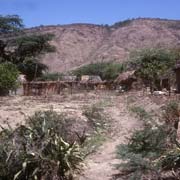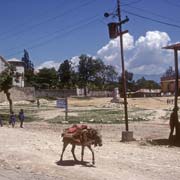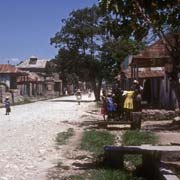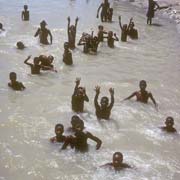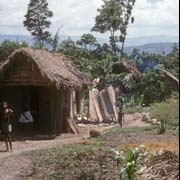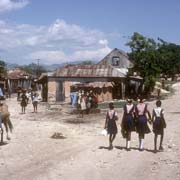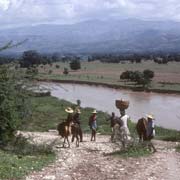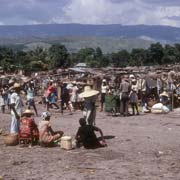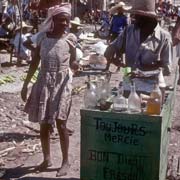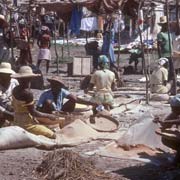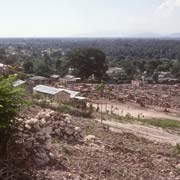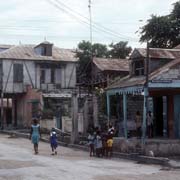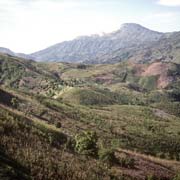Photos of Artibonite, Haiti’s heart, Haiti
Artibonite, Haiti’s heart
The small town of Petite Rivière de l’Artibonite (meaning “the small river of Artibonite”) lies not far to the east of Saint-Marc. It is a quiet and friendly place alongside the Artibonite river, with small farms and a thriving market.
you may then send it as a postcard if you wish.
It is quiet now, but when the black people, led by Jean-Jacques Dessalines, had begun their revolt against the French in 1802, they fought one of the most critical battles of the Haitian Revolution here, at the fort of Crête-à-Pierrot. General Charles Leclerc’s French colonial army besieged the heavily barricaded fort, which was defended by Haitian forces under Jean-Jacques Dessalines; it was significant as it controlled access into the Cahos Mountains. The defenders, running short of food and munitions, eventually abandoned the fort but could force their way through the French lines and into the Cahos Mountains. The French, although gaining control of the fortress, had suffered heavy losses. It was the deciding battle that forced the French to withdraw from the war. The fort was never captured, and in February 1803, in Petite Rivière de l’Artibonite, Jean-Jacques Dessalines, chief of the black rebels, and Alexandre Pétion, leader of the mulattos, proclaimed Haiti’s independence.
Petite Rivière de l’Artibonite: a small town with a big name in the heart of Haiti.



